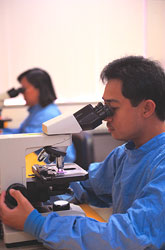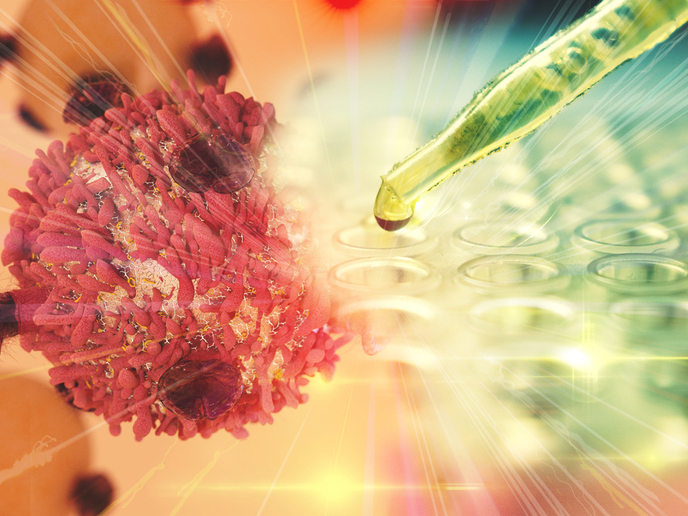Celiac disease gene secrets revealed
The EU-funded COELIAC-EU/CLUSTER project focused on the study of celiac disease (CD) across the EU, placing the emphasis on the genetic manifestations of the disease. One of the major successes of the project was compiling a pan-European data bank broad enough to allow for adequate analyses to be carried out. 'Translating' gluten intolerance into genetic traits formed an important aspect of the work carried out by project partners. The data bank's wealth of samples revealed links between celiac disease incidence and specific genetic sequences in the patients' genome. The aim was to identify genetic loci that were involved in the onset of an autoimmune reaction upon gluten ingestion. It was shown that the majority of CD patients carry a specific version of a gene encoding specific proteins, known as antigens, unique to that individual. These proteins are essentially the specific signatures of each individual that allows the immune system to differentiate self- from invading cells. In the case of autoimmune diseases, however, like CD, human immune cells fail to identify specific antigens and instead tag them as enemy components, initiating specific responses against them. Overall, at least four genetic regions are thought to be implicated in CD pathology. The relative importance of each region was shown to vary according to ethnic origin (ie North or South European populations). The project also served to eliminate a number of chromosome regions as potentially playing a role in disease. The next step would be to precisely pinpoint the molecules that are crucial for the onset of the disease and linking them to specific genetic loci. This line of research could be of value to European research institutes and also to pharmaceutical companies active in the field of autoimmune diseases.







